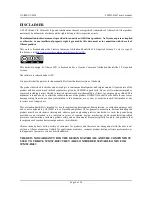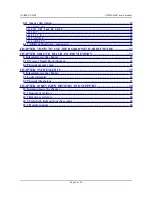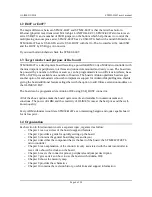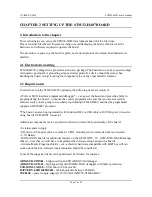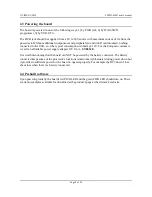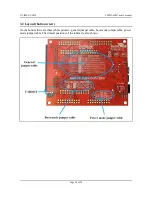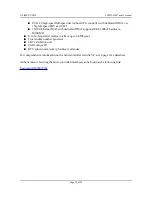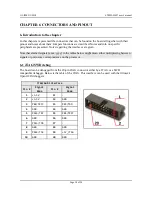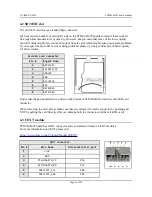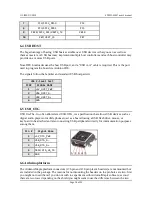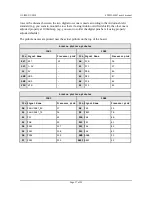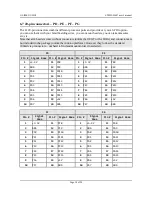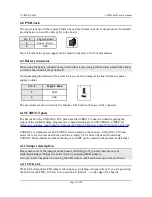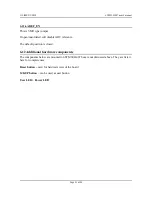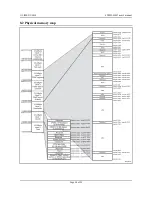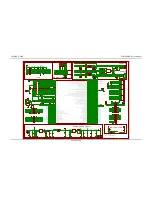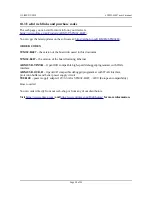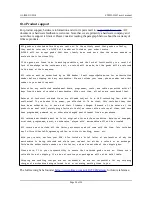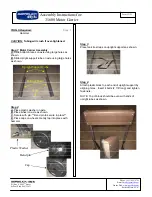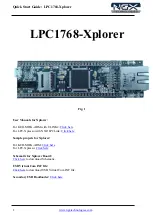
OLIMEX© 2018
STM32-H407 user's manual
7
PC2/SPI2_MISO
PC2
8
PC3/SPI2_MOSI
PC3
9
PB10/SPI2_SCK/UART3_TX
PB10
10
RB7/UEXT_CS
PB7
6.4 USB HOST
The big advantage of having USB hosts available over USB devices is that you can as well use
them as masters. A USB host may implement multiple host controllers and each host controller may
provide one or more USB ports.
Note DFU bootloader uses the host USB port, and a "USB A-A" cable is required. This is the port
used to program the board via Arduino IDE.
The signals follow the familiar and standard USB host pattern:
USB 2-level host
PIN#
SIGNAL NAME
1
+5V_HOST_PWR
2
USB_HOST_D-
3
USB
4
GND
6.5 USB_OTG
USB On-The-Go, often abbreviated USB OTG, is a specification that allows USB devices such as
digital audio players or mobile phonesto act as a host allowing a USB flash drive, mouse, or
keyboard to be attached and also connecting USB peripherals directly for communication purposes
among them.
Pin #
Signal Name
1
+5V_OTG_PWR
2
USB_OTG_D-
3
US
4
PB12/OTG_HS_ID
5
GND
6.6 Arduino platform
The Arduino/Maple platform connectors (2×6 pin and 2×8 pin plastic headers) are not mounted but
are included in the package. The reasons for not mounting the headers on the pin holes are two: first
you might not need them if you do not wish to experiment with Arduino/Maple software; second
there are two rows depending on the shield you might want to use the difference between the two
Page 16 of 30

